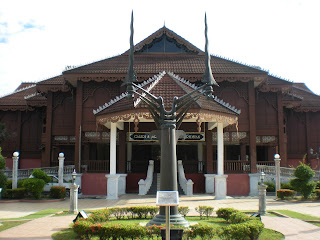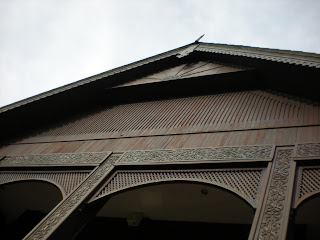The Region's Rich Agricultural Landscape Adds To Its Panoramic Profile
Covering a total area of approximately 128,200 hectares, this area is largely agricultural and rural. About 80 percent of this area is made up of flat and fertile alluvial soil. It is well known for its fruits trees particularly the durians.
The mighty Perak River which is the second longest river in Peninsular Malaysia passes through this area. This fertile river valley is home to more than 70,000 people whose livelihood directly or indirectly depends on the Perak River.
An Agricultural Economy That's Diversifying Rapidly
Perak's River
Being made up of alluvial soil, thus fertile, this part of Perak provides more than its share of agricultural produce mainly rubber, oil palm, rice, fish and fruits. Also present in this area is the biggest complex of oil palm and rice plantation undertaken by a governmental body called FELCRA.
It is regarded as a model of efficient and productive agricultural undertaking. Due to its long historical background, this place and the surrounding area is fast developing as a tourist spot. A few industries have also made their way into this largely agricultural area.
An Agricultural Economy That's Diversifying Rapidly
Perak's River
Being made up of alluvial soil, thus fertile, this part of Perak provides more than its share of agricultural produce mainly rubber, oil palm, rice, fish and fruits. Also present in this area is the biggest complex of oil palm and rice plantation undertaken by a governmental body called FELCRA.
It is regarded as a model of efficient and productive agricultural undertaking. Due to its long historical background, this place and the surrounding area is fast developing as a tourist spot. A few industries have also made their way into this largely agricultural area.








